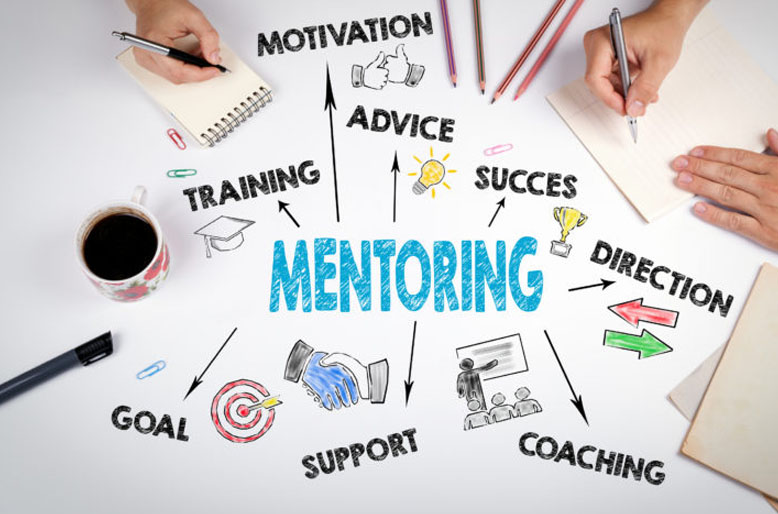An M&A deal is a huge project, regardless of the size of your business. Some companies shy away from the prospect of a merger or acquisition because it seems too daunting. They fear their ongoing business will grind to a halt, or that all their time and effort will be wasted when the deal inevitably falls through. These fears shouldn’t dissuade you from making a deal that can help you grow or sell your business.
I had a long-time client named Miguel who, after many years, had finally found a buyer for his business. Understandably, he wanted to be sure he got the perfect deal before selling. He came to me and said, “Corey, I’ve got a buyer for my company. I want to sell it, and I want to do it as a reverse triangular merger” (the buyer creates a subsidiary company and then merges it into the company they are acquiring). He seemed more sure of the structure of the deal if he did chose to sell than the decision to actually sell his company.
In another world, Miguel would have gone ahead with the reverse triangular merger unquestioned. But, my job was to lead Miguel to his objectives in the best way possible. So, I asked him, “Okay, Miguel, I’ve done reverse triangle mergers. No problem if that is the way we end up going, but why do you want to structure it that way?”
Miguel’s response was one I had heard before, “My friend did his deal as a reverse triangular merger; it worked out really well, and he saved a bunch of taxes.” Still, I stopped him and said, “That’s great for him—but his deal is not necessarily your deal. Why don’t we talk about where you are now, and then let’s talk about your objectives and where you want to be by the end of the deal? That will get you more comfortable with the decision of whether or not to sell and then we can decide on the best structure.”
And that’s what we did. As it happened, the reverse triangular merger wasn’t the best kind of deal for what Miguel wanted to achieve. In the end, the deal looked nothing like a reverse triangular merger, but, Miguel achieved all of his objectives, and happily sold his business.
Sometimes all it takes to go from hesitation to a profitable deal is gaining clarity on your objectives and your options. I’ve identified four things you can do as an owner that can help you lose the uncertainty of doing an M&A deal and set your business up for success.
Get clear on your objectives. From the overarching goals (are you a buyer or a seller?) to more minor line items in a deal, as the principle owner, you need to take the time to do the inner-work of identifying exactly what you want your deal to accomplish before moving forward. In the above example, Miguel wanted to do three things: receive fair value for his business, limit his tax exposure, and reach terms that would ensure the continuation of his business – that it wouldn’t be stripped for parts. Once we sat down and hashed out those terms, things got easier and Miguel become more comfortable with his decision to sell.
Find a strategic counterpart. You shouldn’t jump at the first buyer or the first seller that meets your acquisition needs. They might end up being the best fit, but drilling down on your strategic vision for the deal will help ensure that you find the right partner. This is especially important because an M&A deal isn’t always an exit scenario for an owner. In any deal, but especially if you will continue to be involved in the company post-deal, you need to be absolutely sure your counterpart is a perfect fit for your long-term goals, as well as a fit culturally.
Remember that due diligence will bring it all to bear. Whatever remaining questions or concerns you have should be answered during this process. While you’re deep into the M&A process at this point, it’s rare that an unconditional offer will have even been submitted much less a deal signed before completing an exhaustive due diligence period. Meaning, if your findings don’t leave you completely comfortable (regardless of which side of the deal you’re on), you can still walk away. This due diligence process will help clarify what you should be looking out for.
Stay detached from the outcome. Probably the most difficult and most important thing you can do for your M&A deal – especially if you’re a seller. With any deal like this, there’s going to be a lot of back and forth that might push some of your buttons. Even if the relationship to this point has been completely amicable, it’s still business and we’re all negotiating with our best outcomes at heart. If an offer doesn’t come close to the value you’ve got in mind for your business, don’t take it personally. You’ve done the work to get clear on your value and objectives – it’s on the other party to come to terms. As long as you stay detached from the outcome and are willing to accept that a deal might not get done, you’ll eventually land the deal that’s right for your business whether it is the one you are currently negotiating or not.
With global M&A trends on the rise, industry leaders are expecting the biggest year for deals in recent memory. Being prepared and approaching these big deals with a calm and cool mindset can make all the difference for your business. As an entrepreneur, I’ve made sure that at Kupfer & Associates, we’re bringing sharp business acumen to the M&A negotiation process – an approach that understands the needs and goals of today’s business owners. Let’s get M&A right.
—
Corey Kupfer is an expert strategist, negotiator and dealmaker. He has more than 35 years of professional deal-making and negotiating experience. Corey is a successful entrepreneur, attorney, consultant, author and professional speaker who is passionate about deal-driven growth. He is also the creator and host of the DealQuest Podcast.
If you want to find out how deal-ready you are, take the Deal- Ready Assessment today!









